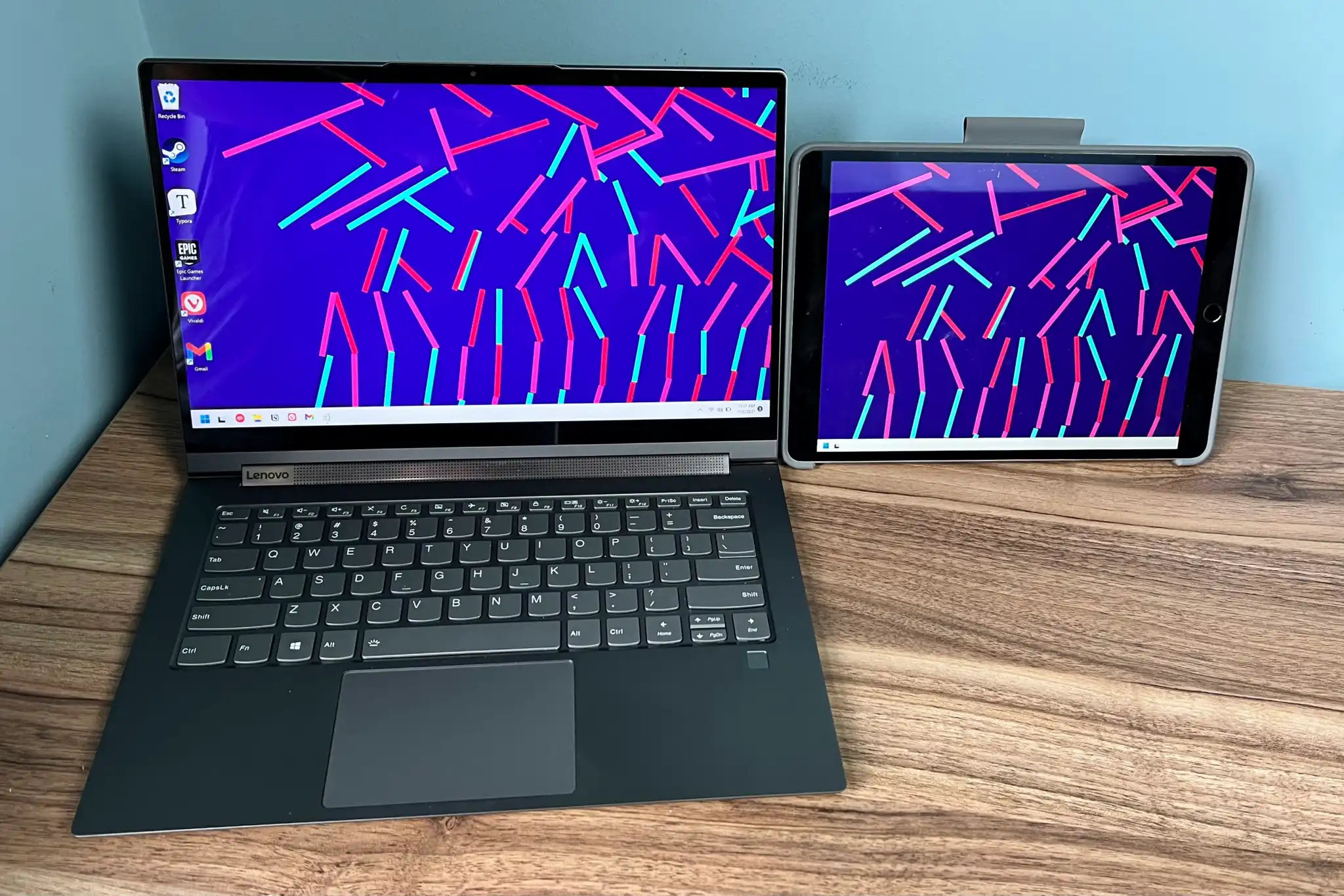Both iFixit and JerryRigEverything had to practically destroy the Pixel 9 XL and Pixel 9 Pro XL just to get the batteries out.
The right-to-repair movement has given us a lot more owner-accessible devices, like the Framework laptop. But smartphone design seems to be steadily continuing on its course of ever-tinier components and devices nigh impossible for the layman to even open, let alone repair. The Pixel 9 series is one of the worst offenders yet.
Both iFixit and JerryRigEverything, two respected sources for repairability coverage and often the first to “tear down” new devices, have gotten their hands on a Pixel 9. The former took apart a Pixel 9 XL, the latter a Pixel 9 Pro XL. iFixit says that Google’s claims of enhanced durability seem to be justified based on the phone’s materials and construction…but if you do manage to break it, you’re going to have an even worse time getting it fixed.
iFixit destroyed the Pixel 9 XL’s screen immediately just to open the phone in the same manner as other Pixel devices. And I’ll remind you, these are experts who do this all day, every day, they’re not your cousin who once fixed a Nokia back in 2011.
Fortunately it should be possible to replace the battery (the most common repair for any mobile device) without removing the screen panel. But that doesn’t mean it’s easy. They needed to get multiple components out after the rear body panel: the temperature sensor, the wireless charging coil, then multiple brackets and ribbon cables with tiny screws and glued-down parts.
Once the battery is exposed, you’ll still need to use a fiddly pull tab system designed to “cut away” the glue underneath. iFixit couldn’t do this as intended even with three people at once, one working the plastic tab and two holding the phone down, and had to resort to soaking the glue in isopropyl alcohol to weaken it.
But even that wasn’t enough — they had to pry it up with a plastic bar, a potentially dangerous move for a modern battery. This stripped away some of the protective covering, leaving a sticky, soaking mess at the end. Even if the screen had remained intact, it seems unlikely that this phone could have been successfully reassembled on the first go. iFixit called the battery removal “inexcusably poor” compared to the latest Apple and Samsung phones, even with a new rear entry option.
JerryRigEverything went right for the rear panel on the Pixel 9 Pro XL, leaving the screen alone. He immediately found fault with more than a dozen screws holding down various brackets, many of which were non-standard and mismatched. And once again the battery removal is particularly cumbersome, or in his words, “pretty much the worst. Even Apple has a better removal system in place.”
Once again the technician had to resort to alcohol to weaken the glue holding the battery in place, as the plastic ribbon intended to cut through the adhesive completely failed. And once again, it didn’t work. JerryRigEverything also had to resort to a pry bar, a move that increases the odds of puncturing the battery, breaking the screen panel underneath, or warping the phone’s body.
“From a repairability standpoint, I cannot recommend this phone to anyone,” he says. “…it’s unfair to humanity to manufacture ten million of these devices at this level of difficulty.”
Though both of these expert sources say that Samsung and Apple are doing better than Google, which has just flat-out given up on any kind of repairs for both the Pixel Watch 2 and 3, they’re not without sin in terms of repairability. iFixit called the new Galaxy Ring with its similar replace-only repair system “100% disposable,” and the third-gen Airpods got a shocking zero out of ten for repairability. iFixit had a very public split with Samsung over the manufacturer’s continued use of expensive and hard-to-replace components.
Some companies are making strides forward in repairability. Microsoft’s latest Surface devices are a standout in this area, with QR codes on the components linking to repair and replacement guides that anyone can read. But a Surface tablet or laptop is far easier to access for a regular user, and it’s a cakewalk for a pro repair technician. Google’s batteries have similar QR codes that iFixit and JerryRigEverything noticed right away…but both were dismayed to find they only linked to live support chat, not actionable instructions or guides.
Even with outliers like the Fairphone, major manufacturers are still making huge compromises in repairability and sustainability when it comes to phone and wearable design. Google has promised seven years of software updates for its most recent phones, but it seems optimistic at best that Pixel 9 phones will actually last that long in the hands of their owners.



